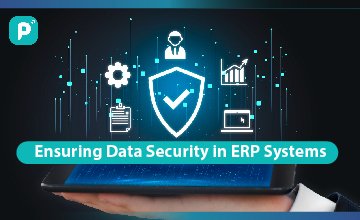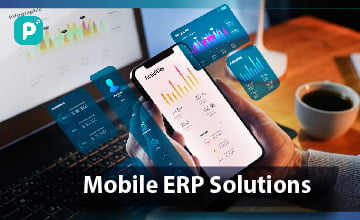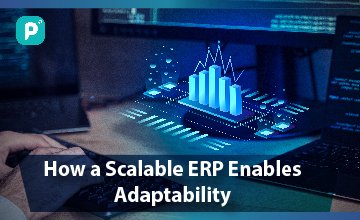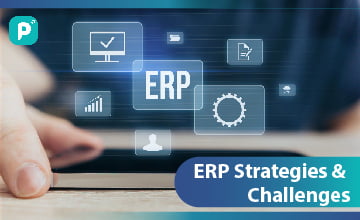Enterprise Resource Planning (ERP) systems have become the digital backbone for managing vital business operations in modern organizations. By consolidating data and applications under one roof, ERP delivers immense efficiency and insights.
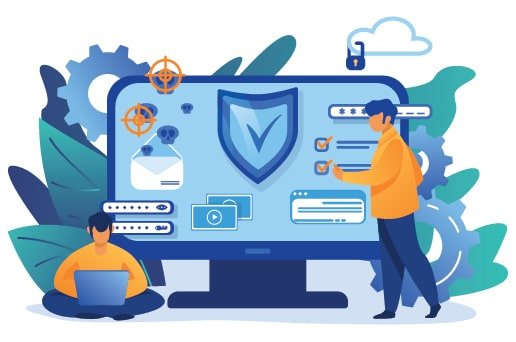
However, these benefits come at the cost of increased risk, as ERP suites provide hackers with a centralized target to infiltrate and extract sensitive information.
Data Security & Compliance in ERP
Despite the growing threat landscape, research finds over 80% of companies do not adequately audit the security of their ERP ecosystems, which contain financial records, customer data, intellectual property, and more. This negligence comes at a great cost, with the average breach now costing over $4 million in damages. Beyond direct economic impacts, data breaches severely erode consumer trust, affect market valuation, and result in lawsuits.
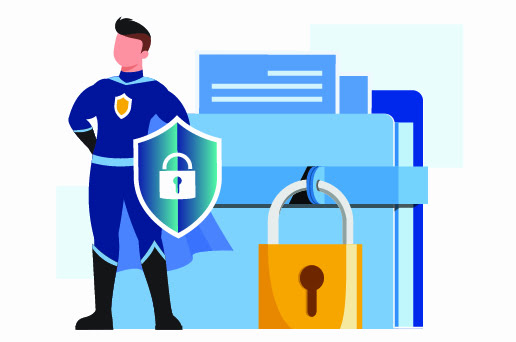
Clearly, data security needs to be a top strategic priority for any organization leveraging ERP software. This article outlines proactive measures and best practices for securing ERP environments against both internal and external threats. It also covers regulatory compliance considerations to avoid data protection violations.
Enforcing Least Privilege Access
The first line of defense is restricting access to ERP systems only to authorized personnel. Enforce strong password policies and even better, implement multi-factor authentication (MFA) for accessing the ERP portal and connected databases. MFA provides an extra layer of protection by requiring additional verification such as SMS codes or biometrics.
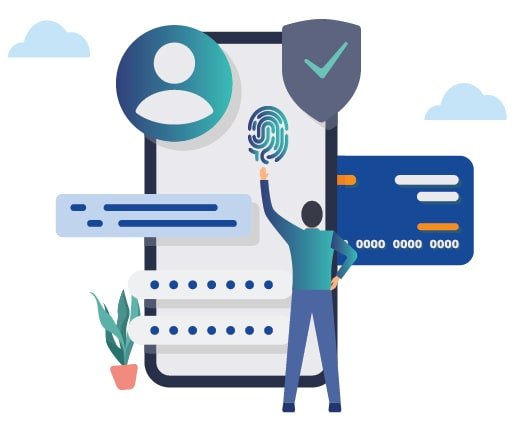
Utilize role-based access controls, allowing employees view-only permission to data required for their role. Conduct periodic user access reviews to ensure privileges align with job responsibilities. Immediately revoke access when employees change roles or leave the company.
Enable identity management integration to automatically link user authorizations with HR data for timely provisioning and deprovisioning. These access hygiene steps significantly reduce insider threat risks.
Hardening ERP Platform and Infrastructure
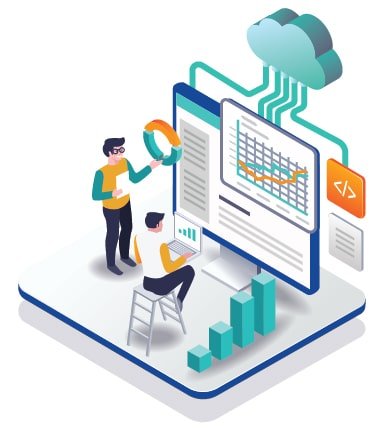
For the ERP platform itself, prioritize installing the latest security patches, updates, and hotfixes released by the vendor to fix known vulnerabilities. Perform regular penetration testing to probe your ERP environment for security flaws.
Harden infrastructure security surrounding the ERP by closing unnecessary ports, enforcing password complexity standards, and requiring the use of virtual private networks. Securely configure the ERP for remote access without opening risky backdoors.
Isolate and sandbox testing/development ERP environments from production to prevent exposure. Destroy non-production instances, backups, and replicated data when no longer required.
Encrypting Sensitive ERP Data
Encryption renders sensitive ERP data unreadable without authorized access. Encrypt data in transit using secure network protocols like TLS for traffic between ERP components, users, and databases.
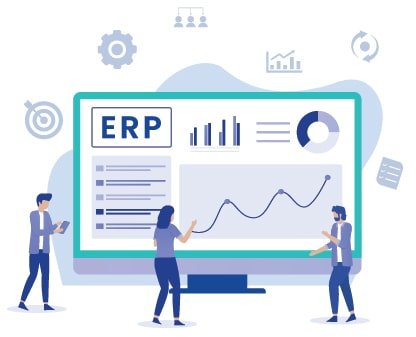
Encrypt data at rest within databases using algorithms like AES-256 bit. Evaluate options for even encrypting data during processing for an added layer of protection.
Properly manage encryption keys and protect data during transportation or offline storage. Encryption prevents data utilization even if successfully exfiltrated by bad actors.
Monitoring and Auditing User Activities

Actively monitor user activities within the ERP to detect potential breaches or unauthorized actions. Audit logs should record data access attempts, user actions taken, and changes made to transactions or settings.
Analyze logs for anomalies like unusual access times, repeated failed logins, or abnormal data extraction volumes. Integrate ERP audit logs with Security Information and Event Management (SIEM) tools to accelerate threat detection and response.
Incident Response and Disaster Recovery
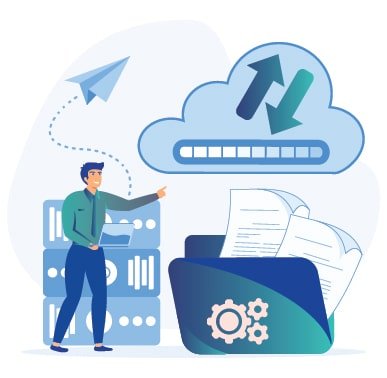
Despite best efforts, ERP data breaches can still occur via sophisticated cyber attacks or exploits. Develop and test an incident response plan to contain damages in the event of a successful compromise.
Implement disaster recovery protections like failover data centres and cloud-based backup to minimize disruption. Conduct mock breach scenarios to evaluate and improve response readiness. Learn from incidents to continuously enhance defenses.
Data Protection Regulations and Compliance
In addition to security best practices, organizations must adhere to relevant data privacy regulations applicable to their industry and jurisdiction. These include:
- HIPAA for protected health data in the US healthcare sector
- PCI DSS for credit cards in e-commerce
- GDPR for personal data of EU residents
- CCPA for personal data of California residents
- GLBA for financial data in banking
Non-compliance results in heavy fines and legal liabilities. Ensure ERP security controls satisfy compliance mandates. Seek guidance from legal teams to avoid violations.
Managing Third-Party Risks
Many organizations rely on third-party ERP vendors to host or maintain their systems and data in the cloud. Scrutinize vendor security practices and require comprehensive SLAs covering provisions like breach notification, infrastructure standards, and independent audits.
Similarly, mandate partners accessing your ERP sign NDAs and implement adequate controls. Include security requirements in vendor contracts to prevent undue risk exposure.
Fostering a Security-First Culture
Employees represent the weakest link in the security chain. Continuously train them on best practices like strong passwords, safe web use, and detecting phishing attempts. Clearly document acceptable ERP use policies.
Promote a culture of collective data security ownership and reporting of suspicious activities. Educate users on risks to build mindfulness regarding ERP data access and handling.
Conclusion
In summary, a proactive security strategy coupled with vigilance from users is essential to enjoy ERP benefits while safeguarding critical data. Prioritize securing your ERP environment to avoid becoming the next cybersecurity statistic. With proper precautions, companies can securely leverage ERP systems to drive growth while maintaining customer trust.
Discover a robust online business promotion Plan! Your search concludes here. Explore our website to access a variety of services that can significantly enhance your business. Visit us today!
All images belong to their respective owners. Please email [email protected] if removal is required.

